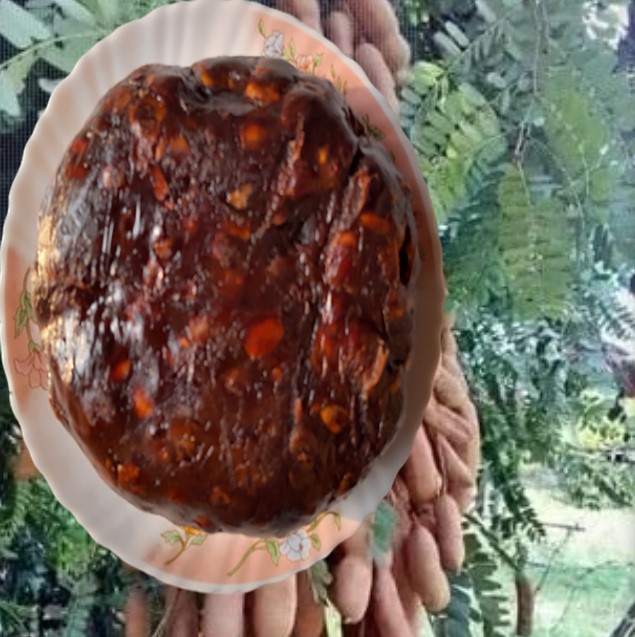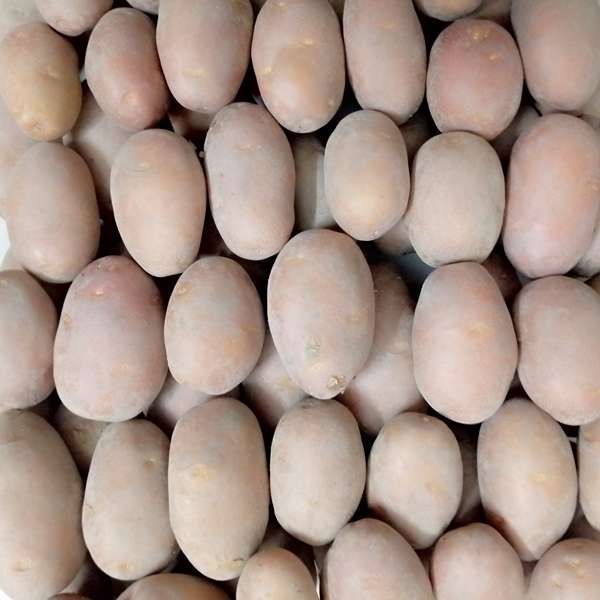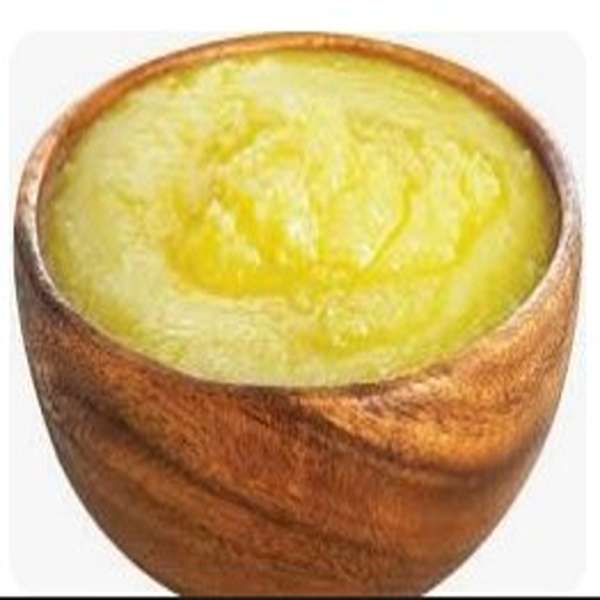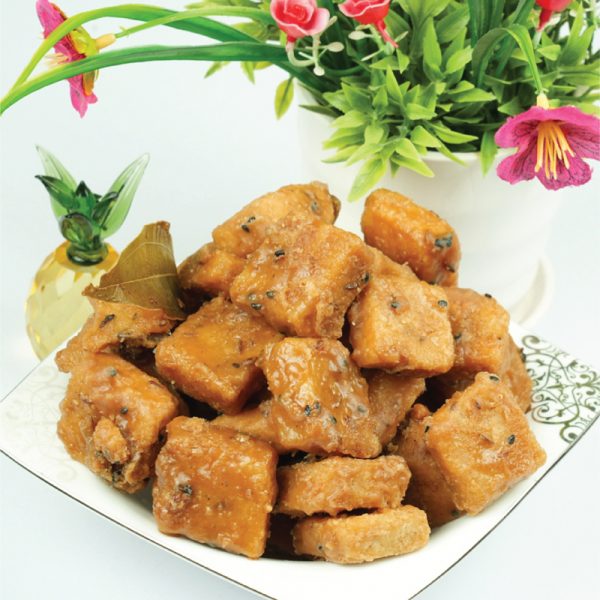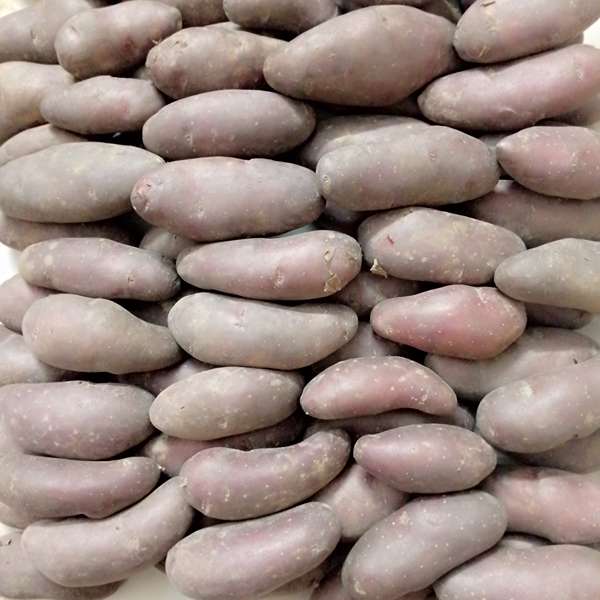Tamarind (Tamarindus indica) is a tropical fruit known for its unique sweet-sour flavor, rich nutritional profile, and diverse culinary and medicinal uses. It grows in pod-like fruits on large trees, and the pulp inside is what’s commonly used.
🌿 Key Qualities of Tamarind
| Feature | Description |
|---|---|
| Flavor | Tangy, sour, and slightly sweet when ripe |
| Color | Dark brown pulp inside brittle brown pods |
| Texture | Sticky, fibrous pulp with embedded seeds |
| Aroma | Strong, fruity, and slightly acidic scent |
| Form | Available as fresh pods, paste, block, juice, or concentrate |
🧪 Nutritional & Health Benefits
-
Rich in antioxidants (including polyphenols and flavonoids)
-
High in vitamin C, B vitamins, and potassium
-
Good source of magnesium, iron, and dietary fiber
-
Anti-inflammatory and antimicrobial properties
-
May help with:
-
Digestion (used as a mild laxative)
-
Heart health (regulates blood pressure & cholesterol)
-
Weight control (suppresses appetite slightly)
-
Blood sugar control (slows carbohydrate absorption)
-
🍽️ Culinary Uses
-
South Asian and Southeast Asian cuisines: Added to curries, chutneys, lentils, and soups
-
Beverages: Used in tamarind sherbets, juices, and soft drinks
-
Snacks & street food: Common in pani puri, chaat, and tamarind candies
-
Preserves & sauces: Key ingredient in Worcestershire sauce and barbecue sauces
🧉 Other Uses
-
Traditional medicine: Used for fever, sore throat, constipation, and bile disorders
-
Cosmetic: Tamarind extract is used in skincare for its exfoliating and brightening effects
-
Wood: The tamarind tree’s wood is also valued for making tools and furniture
📌 Summary Table
| Property | Details |
|---|---|
| Taste | Tangy, sour, mildly sweet |
| Nutritional Value | Rich in antioxidants, fiber, vitamin C, magnesium |
| Culinary Use | Curries, chutneys, drinks, snacks, sauces |
| Health Benefits | Digestive aid, anti-inflammatory, heart and blood sugar support |
| Form Available | Pods, pulp, paste, concentrate |
Tamarind is a highly versatile ingredient with a powerful mix of flavor, nutrition, and tradition—used in kitchens and folk medicine across the world. Would you like a traditional tamarind recipe or tips for using it in cooking?

